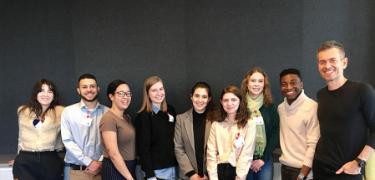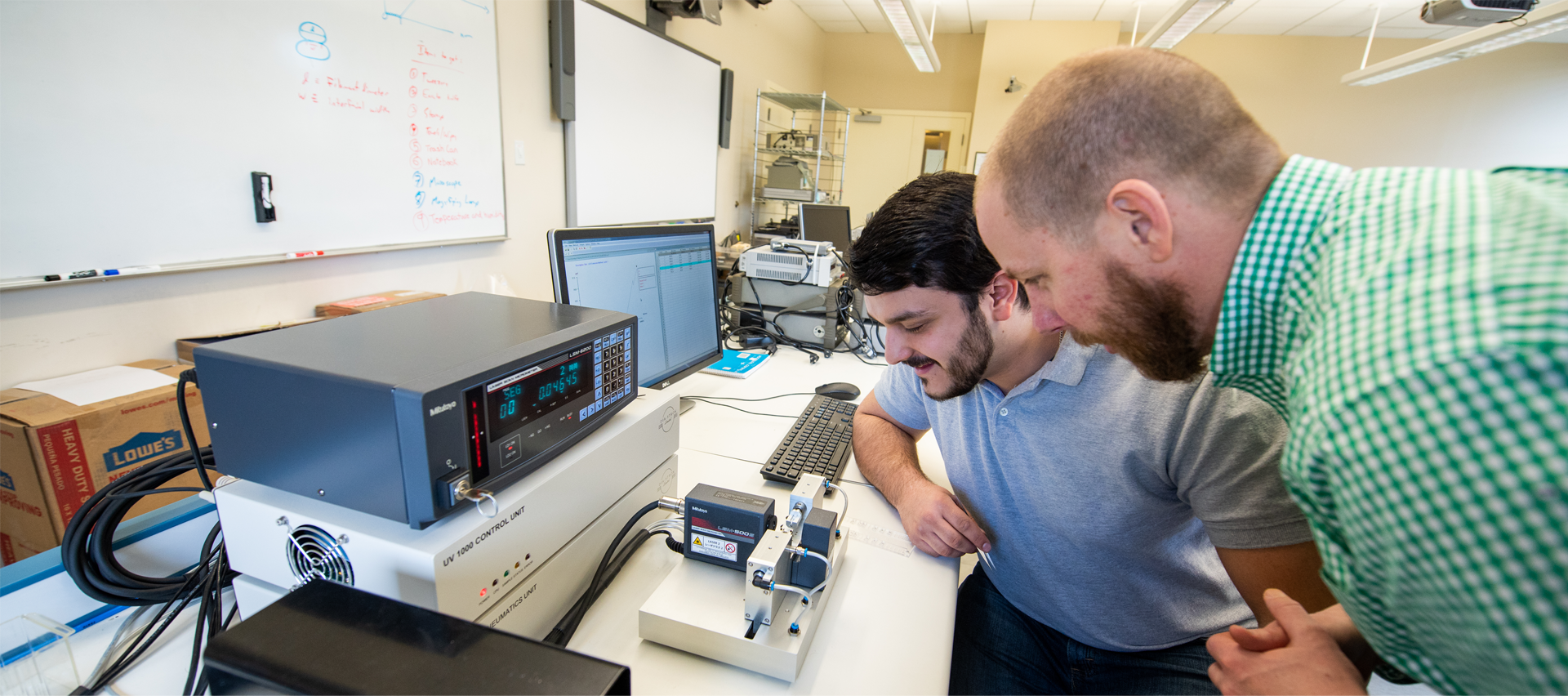We compete for the best and brightest students, who have aspirations to attend either top-tier public colleges like SUNY New Paltz or regional private colleges.
Because of the broad array of majors we offer, we also compete with the large research universities in SUNY. This competition for incoming students is happening while numbers of high school graduates in our region are declining, a trend projected to continue through much of the next decade.
Beyond our reputation for academic quality and an exceptional learning community, increasing scholarship support will provide an additional edge when competing for new students, both first year and transfer.
Philanthropic support ensures that SUNY New Paltz:
- Recruits students from a broad range of socio-economic communities, providing first-generation college opportunities
- Enrolls and retains students with varied interests and the ability to select from among 125 majors and 200+ student organizations
- Recognizes students for both their aspirations and their accomplishments

Facts:
- The total cost for an in-state undergraduate student in 2019-20, including tuition, fees, room & board, was $22,540.
- 40% of our students qualify for New York’s Tuition Assistance Program (TAP), a grant for income-eligible families. Compared with many other colleges—even many public institutions—New Paltz serves more students from low- and modest-income families.
- During the 2018-2019 academic year alone, undergraduate students received over $23M from federal, state and private grants and scholarships, and took on jobs and $30M in loans.
Reality
Our nation is experiencing a $1.5 trillion student debt crisis that has far-reaching implications for our economy. New Paltz students graduate at a higher rate than their peers at public institutions nationwide. While many students graduate with zero debt, 60% of our graduates have loan debt averaging $25,800—lower than the national average. And only 2% go into default—far below the national default rate of 10.8%. Still, it is vitally important—for our students and national prosperity—to invest in student support that doesn’t require financial repayment.














